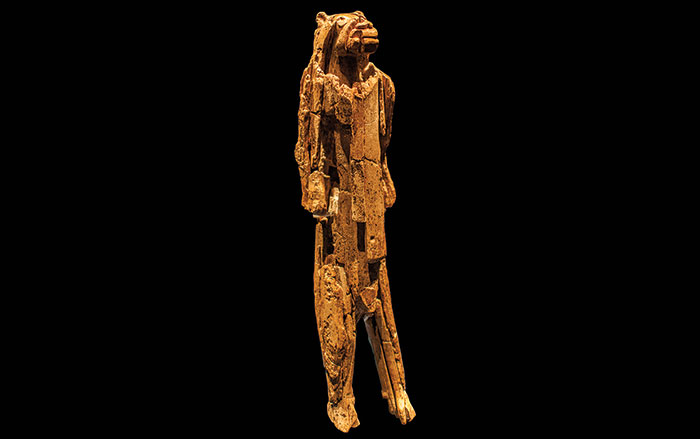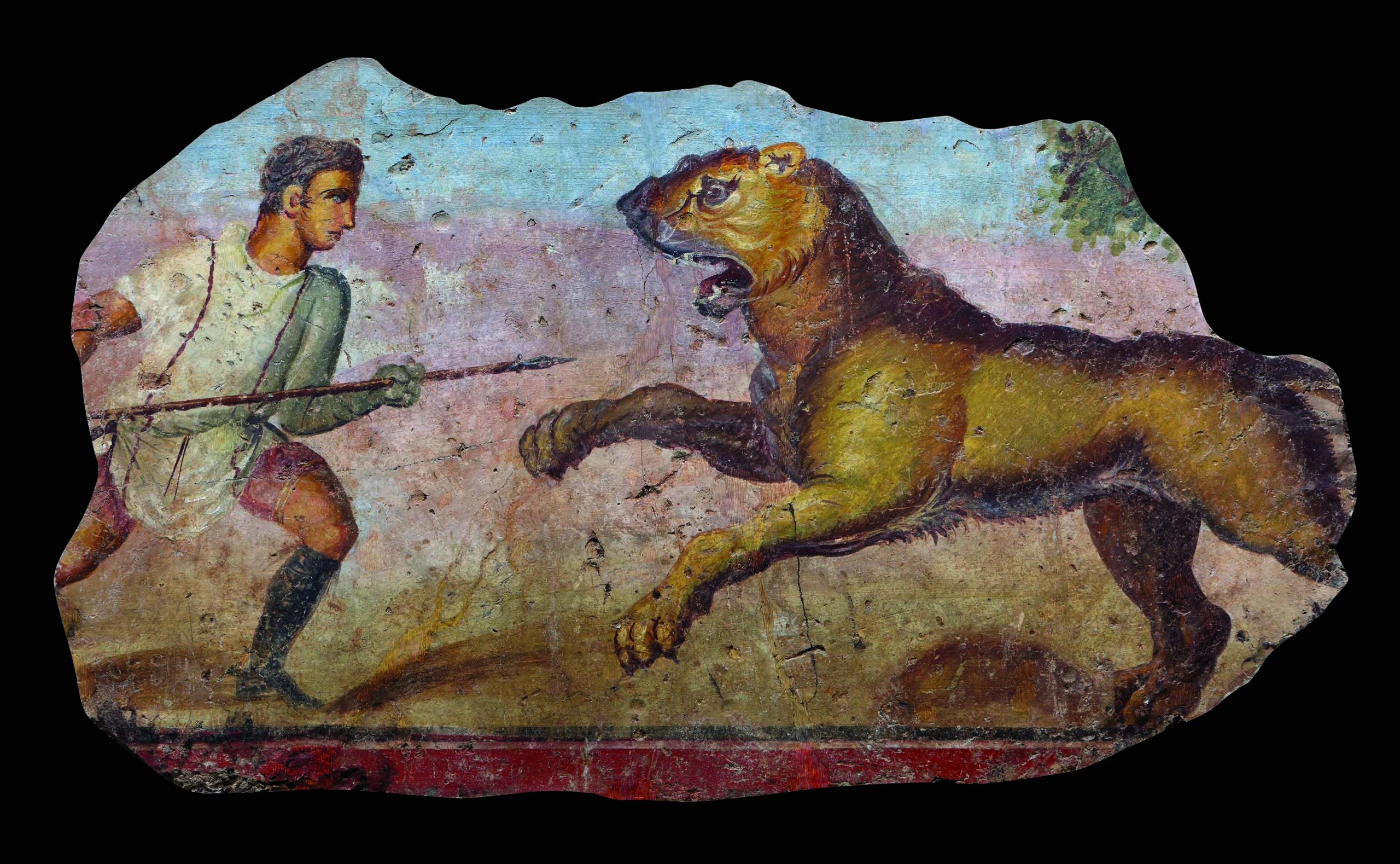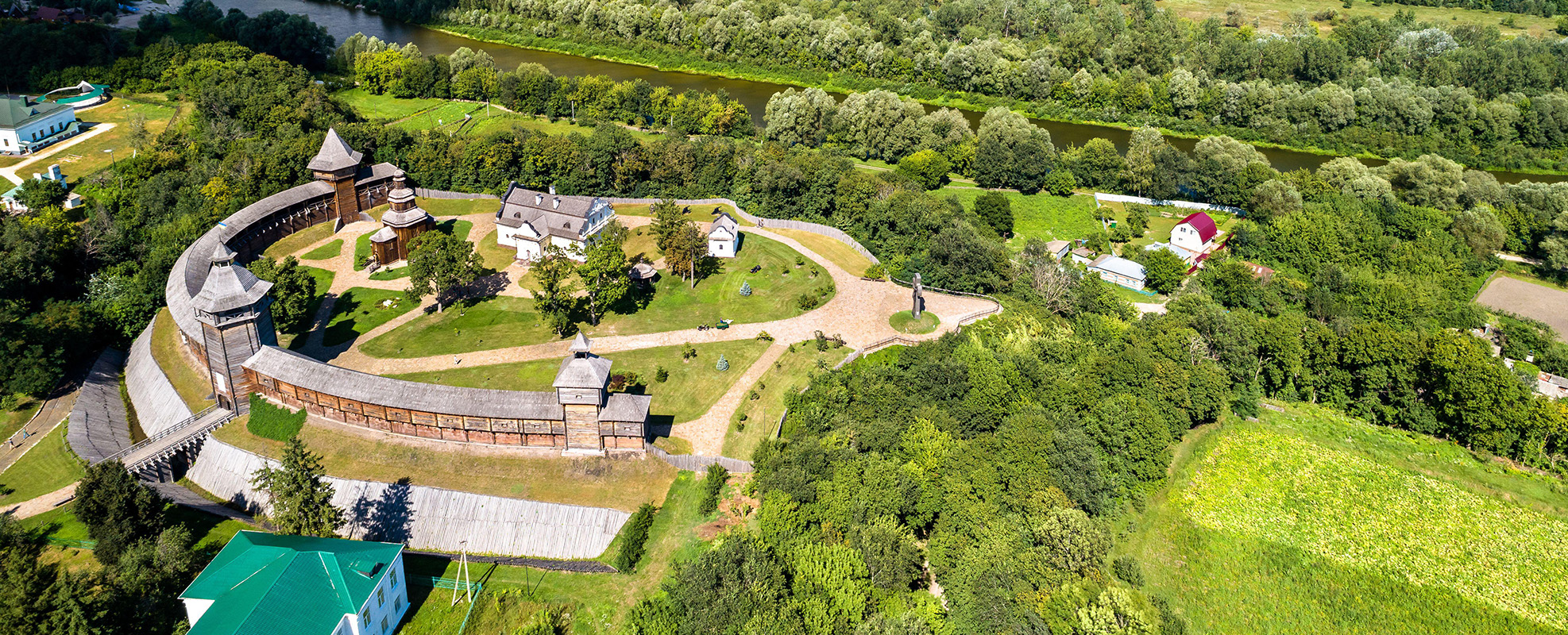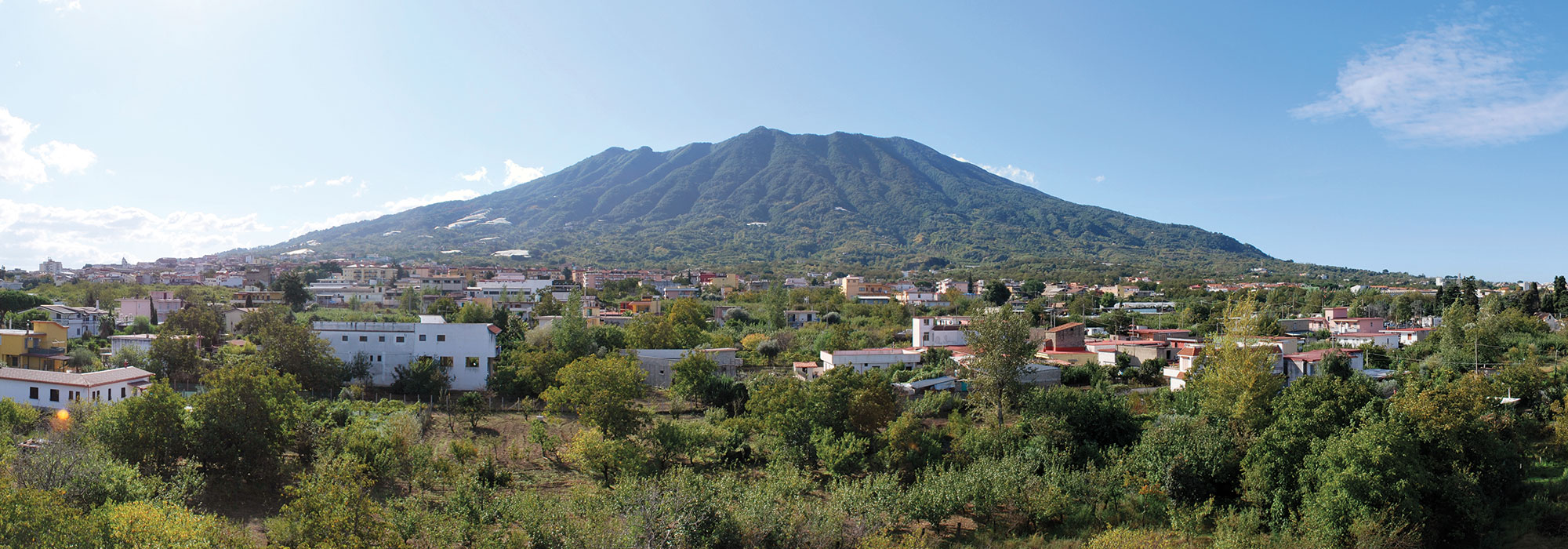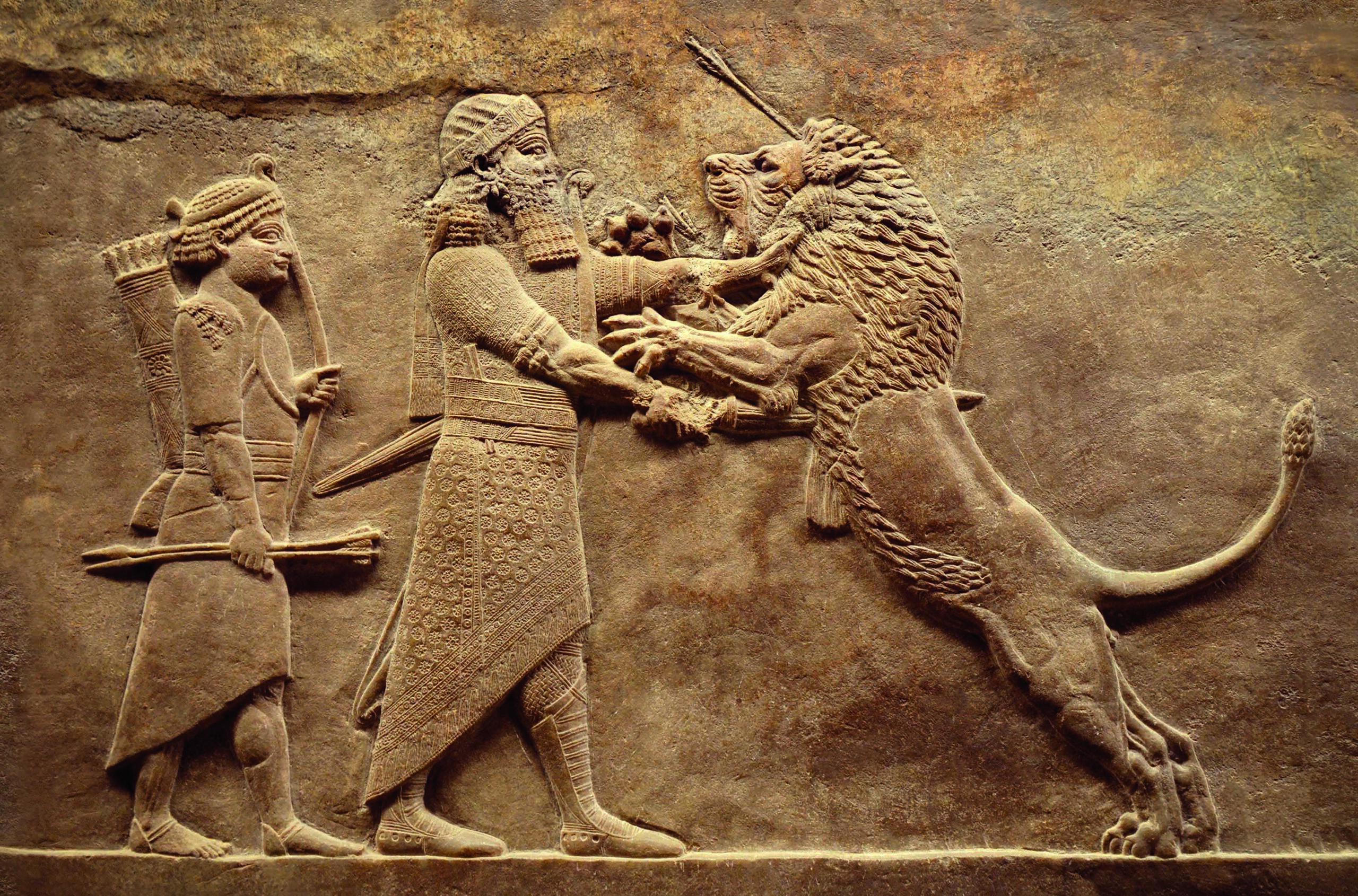
The North Palace at the Neo-Assyrian capital of Nineveh, in what is now northern Iraq, was built by the king Ashurbanipal (reigned 668–627 B.C.), who ruled the largest empire in the world at the time. The palace’s walls were covered with expertly carved reliefs depicting the king engaged in lion hunting, a dangerous pursuit symbolizing his duty to fight for his subjects—and his inevitable victory. In one ancient text inscribed on a fragment of a hexagonal clay prism, Ashurbanipal says, “I pierced the throats of raging lions, each with a single arrow.” It’s difficult, however, to say to what degree the king actually fought lions, says Assyriologist Chikako Watanabe of Osaka Gakuin University. “Reliefs show the king triumphantly slaying lions, but we don’t know how realistic that was.”

For the Neo-Assyrians, the fierceness of lions embodied the nature of the king and how he should be regarded by his subjects. Watanabe imagines the connection must have been intense. “The moment when a lion raises its forepaw to swing down violently to hit its victim, the moment when the animal opens its mouth to reveal sharp fangs which can bite and tear off flesh, the moment you catch sight of the glaring eyes that can see you in darkness—but you can’t see the lion—all evoke awe and fear in the viewer’s mind, and these are exactly the emotions which should be felt about the king,” she says.
The earlier Neo-Assyrian king Ashurnasirpal II (reigned 883–859 B.C.) identifies himself as a lion in a text inscribed on the walls and floors of a temple at Nimrud, also in modern Iraq, that reads:
I am king, I am lord, I am praiseworthy, I am exalted, I am important, I am magnificent, I am foremost, I am a hero, I am a warrior, I am a lion, and I am virile…
“It may seem a contradiction to kill what you identify yourself with and to be both the lion hunter and the lion itself,” says Watanabe, “but this signifies the ambivalent, multifaceted symbolic relationship between the king and the lion in Mesopotamia.”



